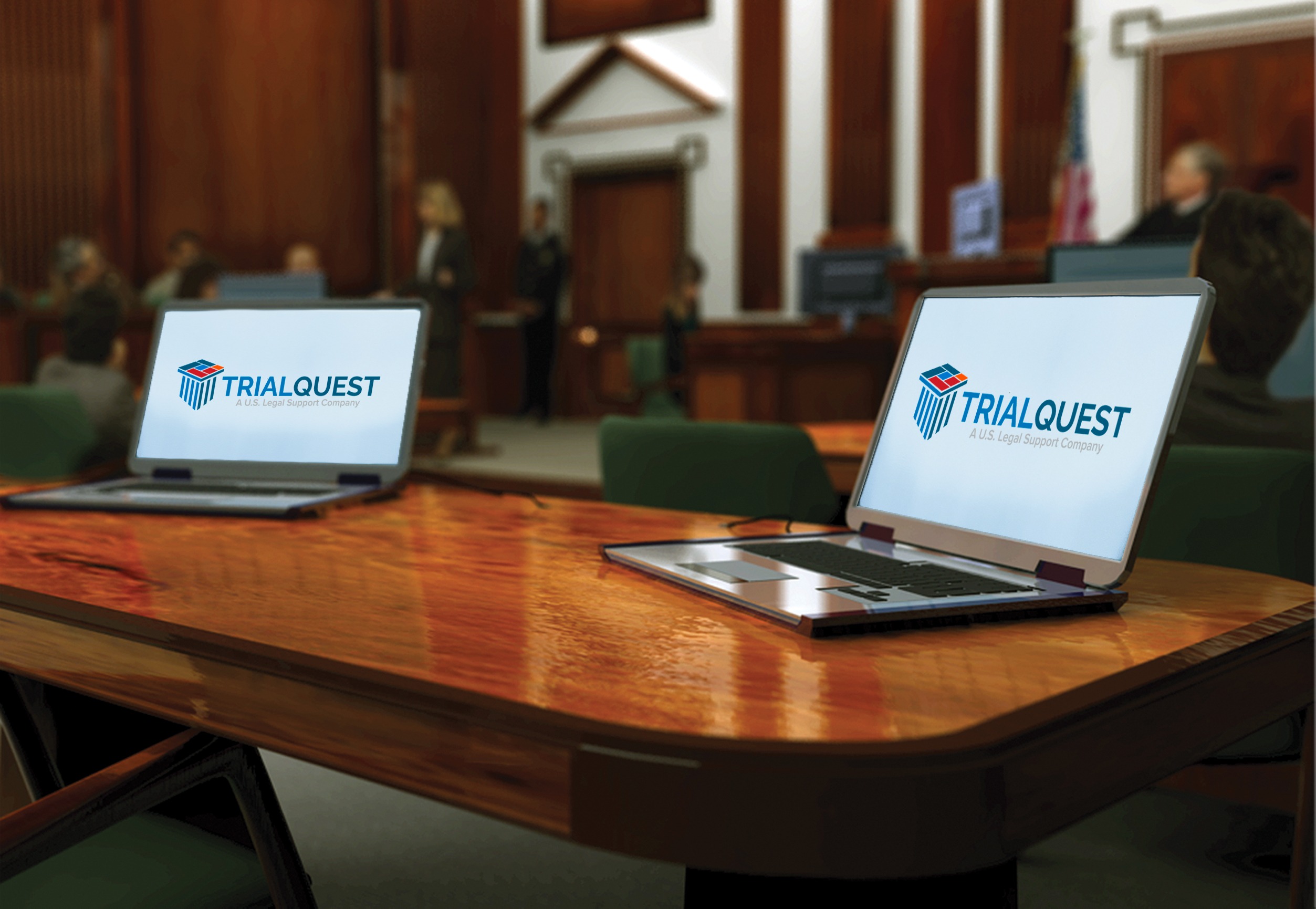Why Trial Presentations Are Vital for Holding the Jury and Judge's Attention
Why Trial Presentations Are Vital for Holding the Jury and Judge's Attention
Blog Article
The Power of Visuals in Trial Presentations for a Winning Debate
The integration of visuals in trial presentations has arised as a critical factor in effectively communicating complex arguments to jurors. By utilizing numerous kinds of aesthetic help-- be it diagrams, photos, or animations-- attorneys can enhance understanding and retention, inevitably forming the court's understanding of the situation.
Significance of Visuals in Trials
In several lawful setups, visuals play an important function in enhancing the performance of test presentations. The integration of visual components can substantially affect jurors' understanding and retention of complex details, therefore shaping their perceptions and choices. Visuals, such as graphes, diagrams, and pictures, can streamline elaborate narratives, making them a lot more easily accessible and compelling.
In addition, the human mind processes aesthetic info more successfully than text, which emphasizes the value of incorporating visuals right into legal debates. By equating thick legal concepts right into visual styles, attorneys can assist in clearer interaction, guaranteeing that bottom lines are not ignored during tests.
Additionally, visuals serve to involve jurors on an emotional degree, fostering a link to the case that words alone may fall short to achieve. The critical use of visuals can stimulate compassion, triggering jurors to take into consideration the human aspects of the situation.
Ultimately, the value of visuals in tests lies in their capability to boost clarity, enhance juror involvement, and strengthen the narrative existing. This potent combination is crucial for crafting persuasive disagreements that reverberate with jurors and affect the outcome of legal process.
Kinds of Visuals to Use
Efficient test discussions can greatly benefit from a range of aesthetic devices that accommodate different elements of the situation. trial presentations. Making use of layouts and charts can efficiently break down complicated details, making it extra digestible for jurors. Flowcharts can highlight the series of events, while bar graphs may succinctly compare relevant data points.

Animations and simulations can likewise play a crucial function, specifically in cases including technological information or intricate situations. These visuals can dynamically stand for procedures or activities, offering clearness and involvement that fixed images may not accomplish.
In addition, infographics incorporate message and visuals to sum up essential information effectively. They can present timelines, statistics, and significant case points in an aesthetically enticing fashion, making it less complicated for jurors to adhere to the debate.
Enhancing Understanding and Retention

Enhancing comprehension and retention during test discussions is important for guaranteeing that jurors understand the important components of an instance. Visual aids act as powerful tools in this respect, equating complicated information right into quickly digestible layouts. By using charts, layouts, and infographics, attorneys can streamline complex data and emphasize bottom lines that might otherwise be forgotten.
Research studies have revealed that individuals retain details considerably better when it exists visually. This is specifically important in a test setting, where jurors might be overwhelmed by the quantity of evidence and testament. By tactically including visuals, Recommended Site attorneys can route jurors' attention to one of the most vital facets of the situation, enhancing their understanding and memory of the material provided.

Developing Engaging Discussions
Captivating jurors' focus during test presentations is necessary for conveying an engaging narrative. Involving discussions take advantage of aesthetic aspects to develop a memorable experience that reverberates with jurors. The strategic usage of graphics, animations, and videos can clarify complex info, making it more easily accessible and relatable.

In addition, incorporating narration techniques can boost interaction. Offering evidence in a sensible sequence that develops sob story permits jurors to attach with the material on a personal degree. Varying presentation layouts, such as integrating short video or interactive aspects, can also endure passion and attention throughout the trial.
Eventually, an appealing discussion fosters an extra extensive understanding of the situation, enabling jurors to much better appreciate the debates being provided and leading to a much more positive outcome.
Study and Success Stories
Numerous situation studies highlight the significant influence of visuals in test presentations, showing their ability to affect juror assumptions and eventually the results of situations. A notable instance involving an individual injury case showed exactly how the usage of a 3D animation of the crash scene clarified complex information. Jurors reported really feeling more informed and empathetic, dramatically swaying their choice in favor of the complainant.
In an additional instance, a corporate litigation instance used infographics to existing economic information and timelines, making he has a good point complex details easily accessible. The graph allowed jurors to grasp the nuances of the case more properly than verbal descriptions alone. trial presentations. Therefore, the court returned a verdict that exceeded the customer's assumptions
Additionally, a criminal protection case employed photos and video proof to develop an alibi. The compelling visuals not just helped in producing question yet likewise reverberated psychologically with jurors, bring about a pardon. These success tales highlight the necessity of integrating visuals right into trial presentations, as they enhance understanding, retention, and inevitably, the persuasive power of lawful debates. The strategic usage of visuals is unquestionably changing the landscape of trial campaigning for.
Conclusion
In final thought, the strategic unification of visuals in test discussions substantially enhances jurors' understanding and retention of complex details. Engaging presentations, supported by compelling see it here instance studies, demonstrate the profound influence that visuals can have on convincing interaction.
Report this page